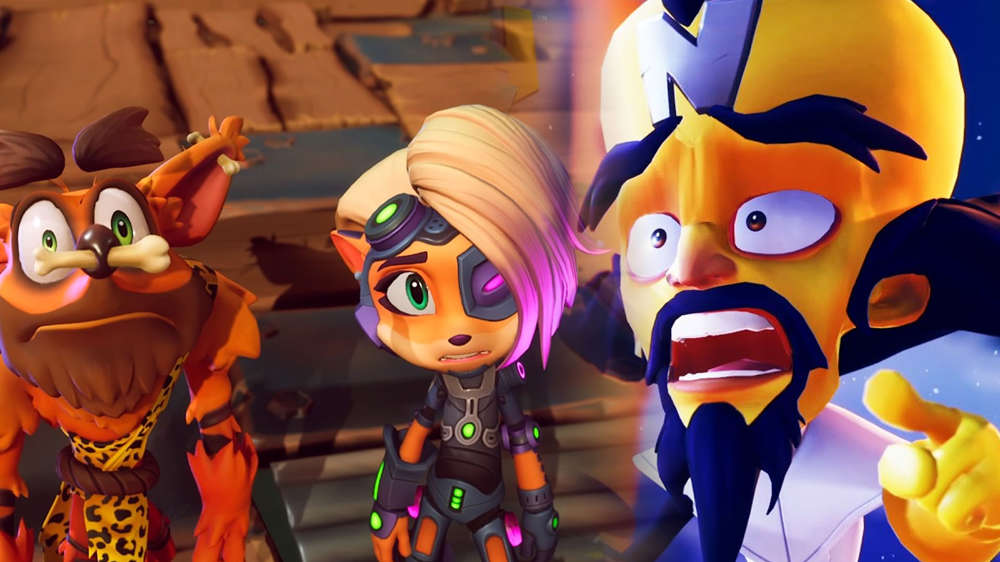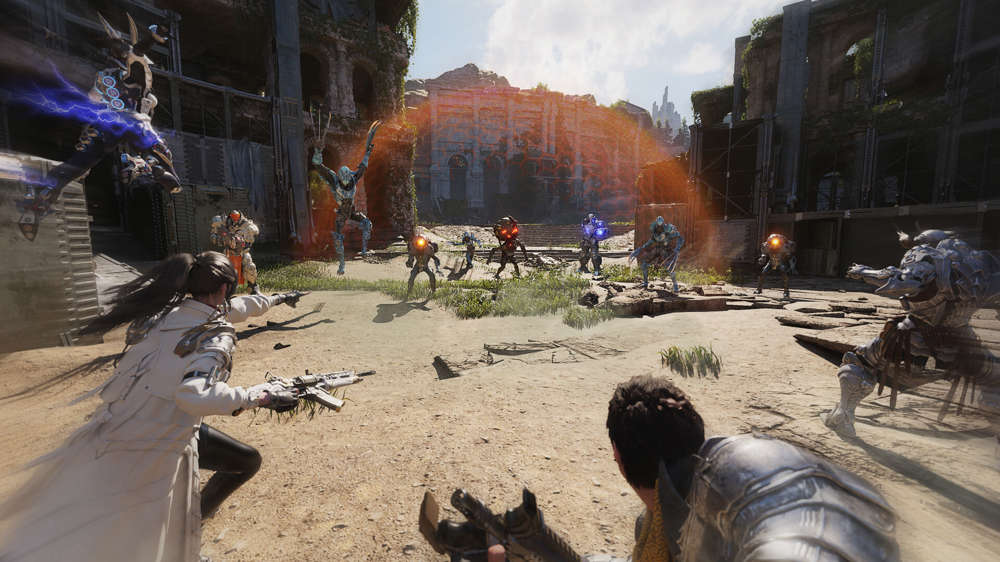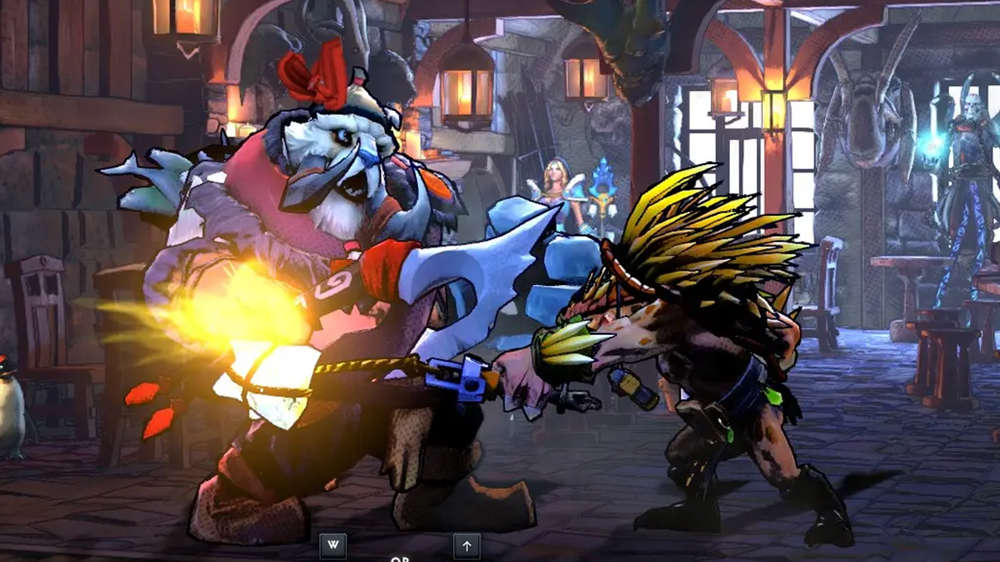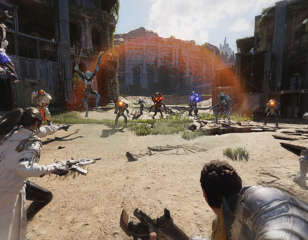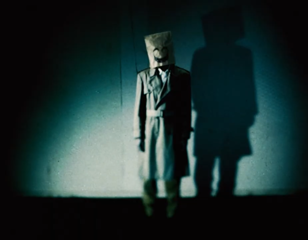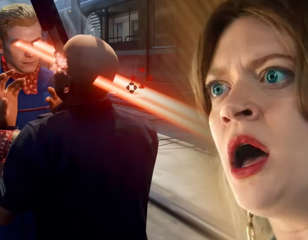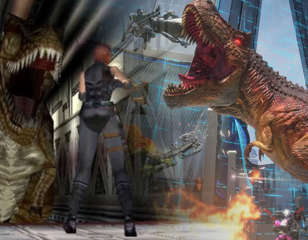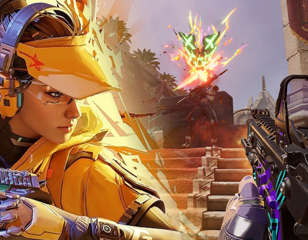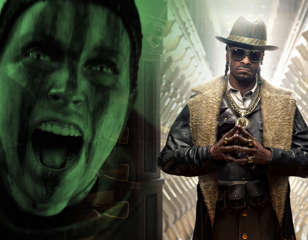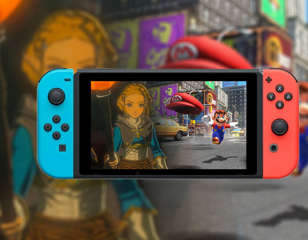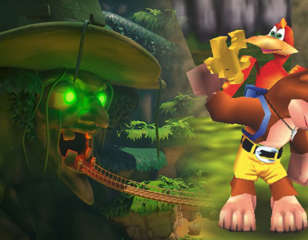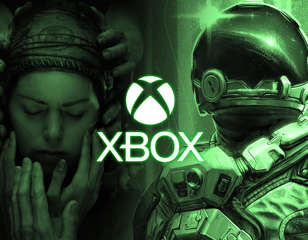The New Tomb Raider Game Is Already Lost In A Mess Of Continuity
Even though it's great news that Crystal Dynamics is working on a new Tomb Raider game, the franchise's complicated history of reboots and timelines means it's already in trouble.

Tom Chapman
08th Apr 2022 17:26
Images via Eidos
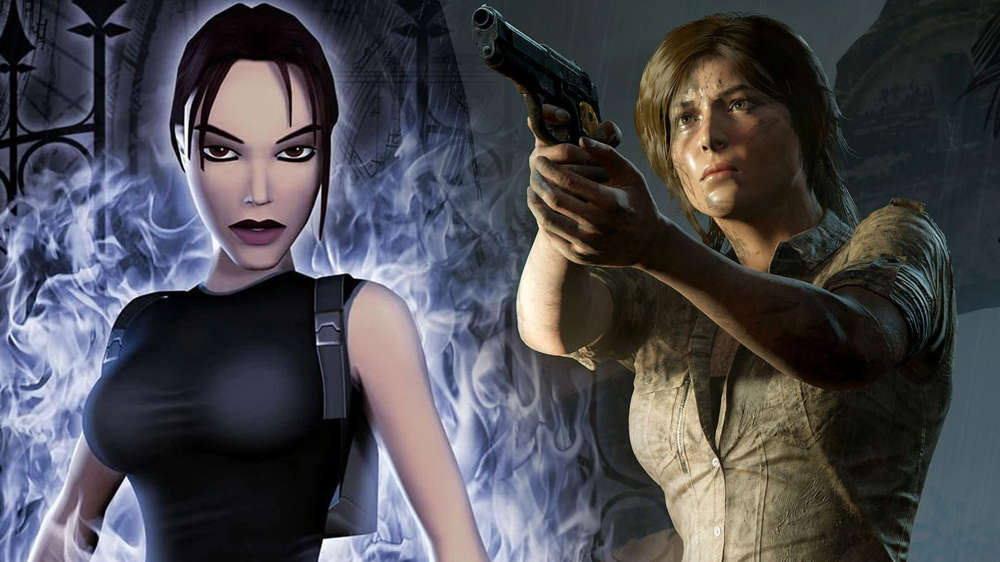
We've come a long way from the triangular breasts and horrors of locking the butler in the freezer during Lara Croft's PlayStation days, but still, the Tomb Raider series remains an icon of the gaming scene. Up there with FemShep, Princess Peach, and Samus Aran, Lara Croft has stood the test of time. Unlike most though, she's carried a whole franchise for decades and refused to budge from her core formula.
It's this stability that's kept Tomb Raider a chart-topping success since 1996. What you see is what you get, and whether it's wielding dual pistols or exploring a cavernous system of caves while evading some shady cabal, it's all pretty standard fodder where Lara survives with little more than a few cuts and some emotional baggage. With news of a "new" Tomb Raider, the question remains of where we go next.
What Is The History Of Tomb Raider?
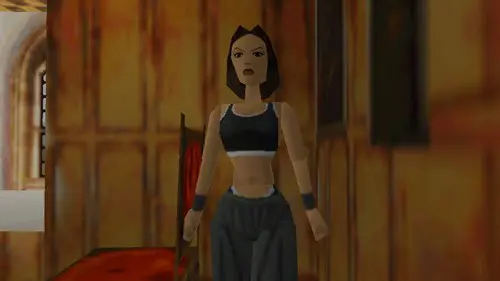
Things all started so simply, with 1996's Tomb Raider taking angular Ms. Croft to Peru in the search for an ancient artefact. It set the tone for the rest of the franchise, where we toured the globe to find the lost city of Atlantis, explored the catacombs of Paris, and the pyramids of Giza. Over the next four years, Core Design committed to releasing a game annually - which put a strain on the development team.
When Tomb Raider: The Last Revelation came out in 1999, Core Design had the perfect escape - with the end of the game leaving Lara "dead" under a collapsed pyramid. Still, Eidos Interactive insisted the story continue. We powered ahead with Chronicles in 2000, with the divisive decision to deliver a prequel where we still assumed Lara was dead. It was here things really started to fall apart.
Unsurprisingly, Chronicles ended up being one of the worst-rated and lowest-selling entries on Lara's report card. The stretched Core Design team split in two to work on Chronicles at the same time as 2003's Angel of Darkness, and if you thought Chronicles was a bust, that was nothing compared to its successor. Still, Angel was the first Tomb Raider to grace the PlayStation 2 and was due to kickstart a new trilogy.
An angered Eidos Montreal took the rights from Core Design and gave Crystal Dynamics the reins for 2006's Tomb Raider: Legend. Crystal Dynamics reimagined Lara's origins but kept some of her backstory. The same studio worked on Anniversary as a remake of the OG in 2007 and a full Legend sequel with 2008's Underworld. Bringing us into the current era, we jumped back further than ever for Crystal Dynamics' confusingly named Tomb Raider in 2013. Are you keeping up?
Is The New Tomb Raider A Reboot Or A Continuation?
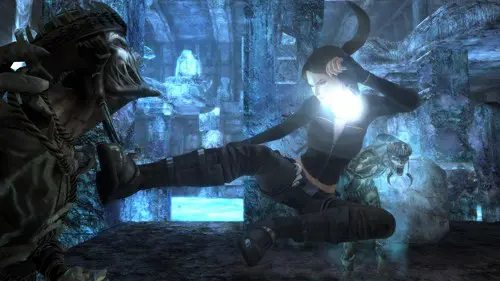
Remembering that Crystal Dynamics has only just announced a new Tomb Raider, there are no details on where/when it takes place. If it's a sequel to Shadow of the Tomb Raider, it should logically still take place before Core Design's original. Square Enix previously stated, "Shadow of the Tomb Raider is the cinematic finale of Lara's origin story," which gave hope to a continuation at the end of the timeline.
If you aren't convinced old and new are about to merge for the ages, last year's 25th anniversary gave us our biggest clues yet. Back then, franchise Game Director Will Kerslake explained: "We envision a future of Tomb Raider unfolding after these established adventures." He added that those behind the scenes are "working to unify these timelines." Finally seeing something after Lara takes control of her doppelganger in the abysmal Lara's Shadow DLC from Tomb Raider: Underworld is an exciting prospect.
A Whole New Adventure
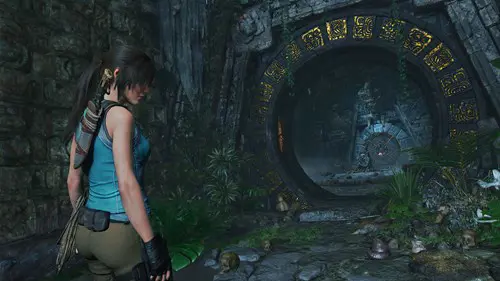
Another option is that we see something completely new. In 2010, Crystal Dynamics unleashed Lara Croft and the Guardian of Light, which was the first game to come without the Tomb Raider mantle. In itself, this was primed to start a new subseries that wasn't tied to the legacy of the Tomb Raider branding. Even though Lara Croft and the Temple of Osiris came out in 2014 and was another big hit, we've never had a third game. We all know how Crystal Dynamics loves a good trilogy, so there is potential here.
We don't know what's going on with Tomb Raider, and while we don't imagine ANOTHER reboot is on the cards, Crystal Dynamics is in a prime position to tidy things up. 2018's Halloween served as an official sequel to the 1998 classic and trimmed the fat by retconning some of the many lacklustre sequels.
We're in an exciting time for Ms. Croft, meaning there are already talks about giving her a girlfriend to modernise the series once more. Crystal Dynamics has proved its worth with the Tomb Raider name, and as long as Lara still has her dual pistols, we're more than ready to go on another adventure. Just don't ask us what order you should play them in.

About The Author
Tom Chapman
Tom is Trending News Editor at GGRecon, with an NCTJ qualification in Broadcast Journalism and over seven years of experience writing about film, gaming, and television. With bylines at IGN, Digital Spy, Den of Geek, and more, Tom’s love of horror means he's well-versed in all things Resident Evil, with aspirations to be the next Chris Redfield.
